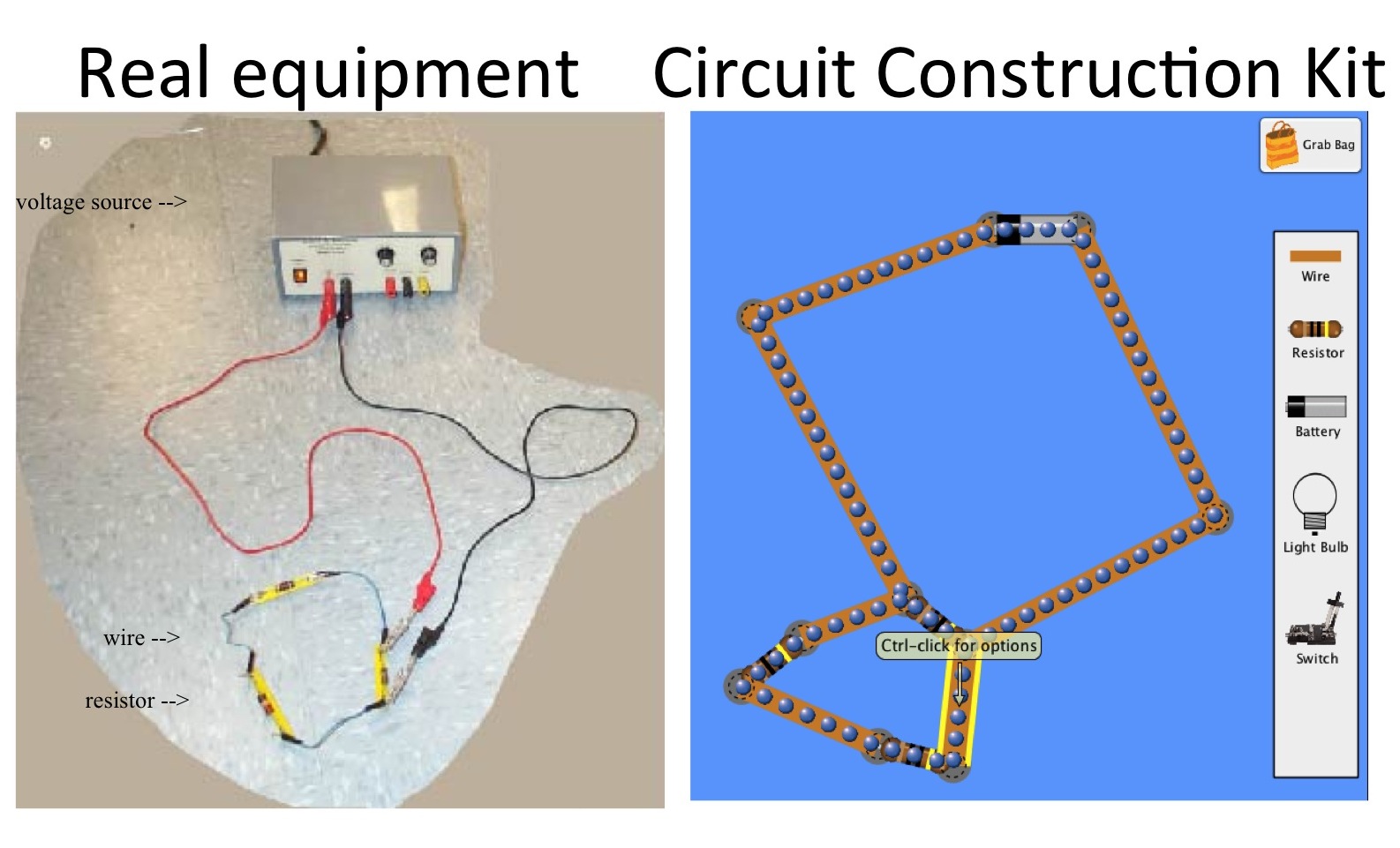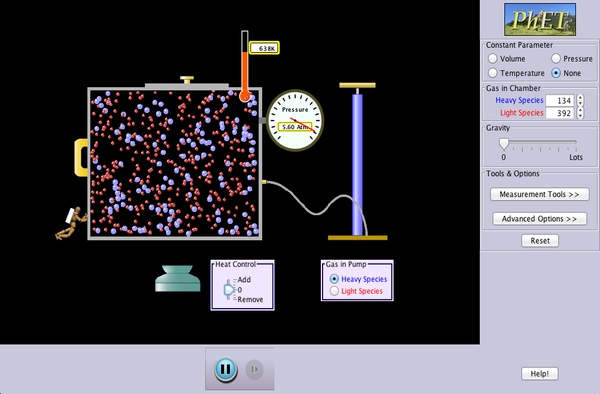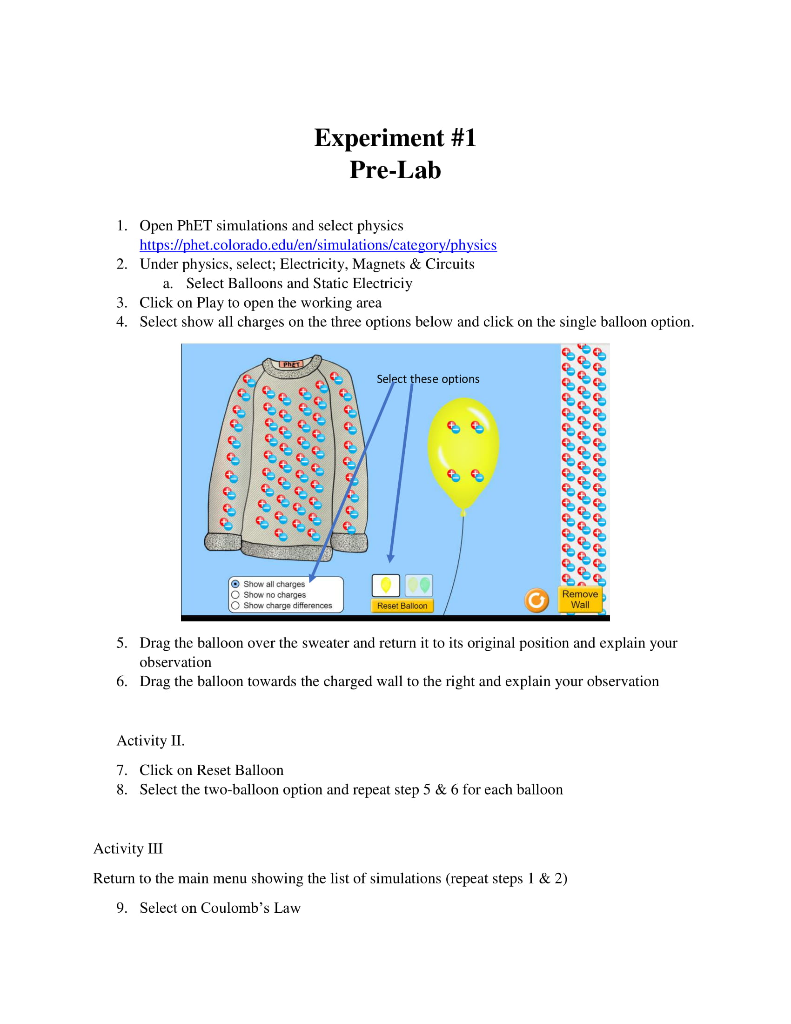
The side lengths and areas are continuously displayed by the polygon. The simulation consists of a practice part, where the pupil can construct different polygons from unit squares. The Swedish version of Area Builder ( ) was used for a sixth-grade mathematics lesson introducing the area and perimeter concepts. There is also a large amount of teaching resources. Most of the simulations are available in a large range of languages. The simulations are sorted according to subject, grade level and language. The University of Colorado, Boulder curates the PhET Interactive Simulations ( ): a website with a large set of “simulations”, either HTML 5- or Java-based interactive animations that let pupils explore physical laws, chemistry, mathematics, biology, etc. The pedagogical value of the resources also appears sound with the resources being created specifically for teachers with teachers also submitting their own resources. The simulations appear to be extensively used by teachers over a number of years (with the website stating that 658 million smulations have been delivered). The scienctific relialibility of the material appears to be solid. The only weakness that might exist is in the teacher submitted resources and the standardisation of these resources. It has not been possible to review much of the resources in any detail at all but it seems like a comprehensive set of resources. It’s hard to find points of weakness with this resource. The availability of such a comprehensive set of teacher resources developed over almost 20 years offers a valuable source of materials for use in the science classroom. The resources cover a broad age range and subject domain. It brings a level of interactivity to the resources that allows students to see the effect of changing various inputs and the impact that such changes have on the results of an experiment. This website provides a set of valuable resources and simulations for science and maths teachers to use in their classrooms to illustrate various concepts.

The teacher resources include teacher tips as well as teacher submitted resources.
Phet colorado physics simulations software#
The simulations provide details for teachers, including related simulations, software requirements and teacher resources Teachers can access 2093 teacher submitted lessons and can also share their own activities. There are teacher resources from kindergarten level right through to graduate level across the above subject areas in 93 languages. The PhET simulations cover physics, chemistry, biology, maths and earth science. This allows them to investigate cause-and-effect relationships and answer scientific questions through exploration of the simulation.

Make measurements in your experiments with various instruments – rulers, stop-watches, voltmeters, and thermometers.Īs users interact with these tools, they get immediate feedback about the effect of the changes they made.Choose between options with radio buttons.Use sliders to increase and decrease parameters.Click and drag to interact with simulation features.Several tools in the simulations provide an interactive experience: Create a simulation that can be flexibly used in many educational situations.Give users implicit guidance (e.g., by limiting controls) in productive exploration.Include multiple representations (e.g., object motion, graphs, numbers, etc.).


To help students engage in science and mathematics through inquiry, PhET simulations are developed using the following design principles:
Phet colorado physics simulations free#
Multiple sponsors support the PhET project, enabling these resources to be free to all students and teachers. All simulations are open source (see our source code). The simulations are written in Java, Flash or HTML5, and can be run online or downloaded to your computer. These tests include student interviews and observation of simulation use in classrooms. We extensively test and evaluate each simulation to ensure educational effectiveness. PhET provides fun, free, interactive, research-based science and mathematics simulations.


 0 kommentar(er)
0 kommentar(er)
